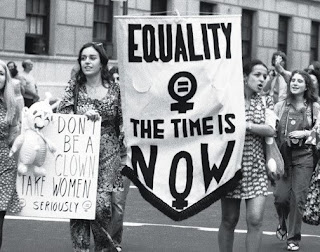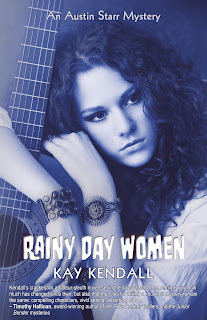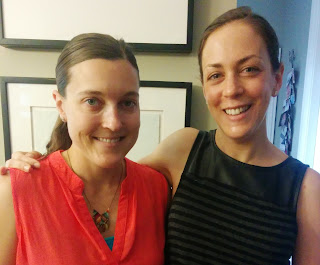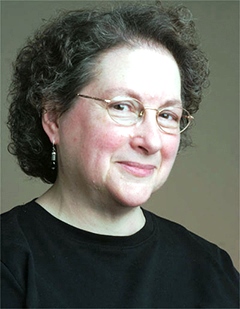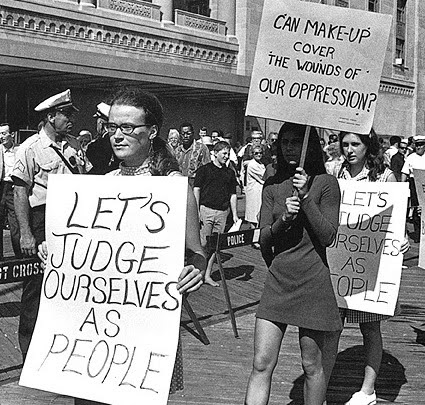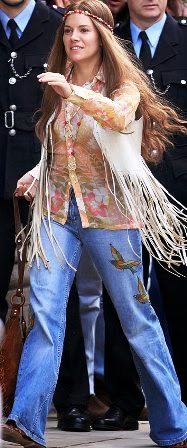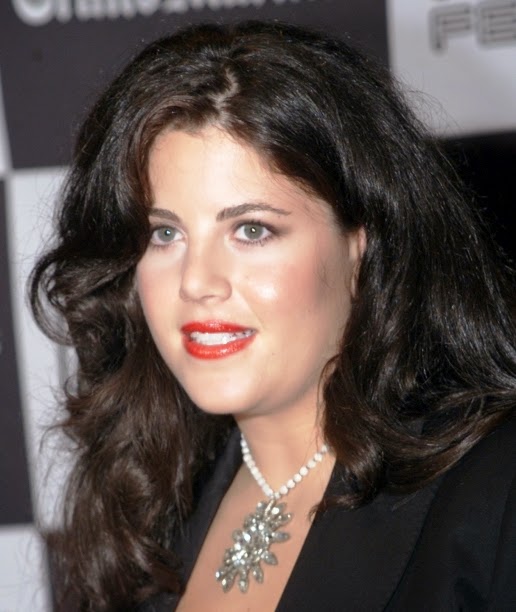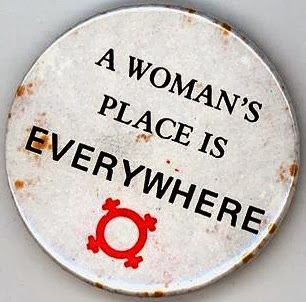#MeToo and My Second Mystery
By Kay Kendall
my second mystery, I placed the crimes to be solved in a revolutionary setting.
I wanted to reflect on my participation in the radical movement now known as
Second Wave Feminism. Back then we just called it women’s lib.
slightly wrong for the era. This was a time, for example, when most young
Hollywood actresses eschewed the title of feminist. The term was derided for
being anti-men and it was dangerous to be seen as that. It annoyed me—no, it
made me just plain mad—to read these women’s comments. Most of them were under
thirty years old, and few knew how things had been in prior decades—how constrained
the roles of women really were.
mystery is completely fictional, the feelings my amateur sleuth Austin Starr as
she attends consciousness raising groups parallels my own. I provide a record
of what it was like, the stages I went through, as I learned how women were
subjected to men for millennia—forever,
really—and discovered ways to go about changing that.
would be an easy fix. Oh my, how young I was. How naïve. I thought equality was
a reasonable thing to strive for and that most men would be rational and say, “Yeah,
sure, ladies. Whatever you want.” I thought things would be “fixed” in a decade
or two.
And so here we are
today. Six months after #MeToo became A Thing. Two days after The New York Times and The New Yorker reporters shared the Pulitzer
Prize for Public Service. Their expose on sexual harassment included the
predations of the film mogul Harvey Weinstein. Their reporting unleashed a
storm of fury that built upon the anger
of hundreds of thousands of women who had aleady taken to the streets across
America—and also around the world—the day after the presidential inauguration in
January 2017.
to go back an’ pretend . ‘Cause I’ve heard it
all before. And I’ve been down
there on the floor. No one’s ever gonna
keep me down again.
childcare, help with the housework (HELP?!), reproductive freedom, and serious
treatment as a member of the human race. Sexual exploitation and abuse was not
mentioned much, if at all. Women kept their sad, sordid stories of abusive
bosses, strangers, and relatives mostly to themselves.
know. With Weinstein leading the parade, many powerful men followed. Famous men
in entertainment and the arts, restaurant chefs, and politicians keep being
called out, making headlines, and falling like dominoes. Some hit the skids and
lose their jobs for small sins, others for egregious ones. But still, Weinstein
remains the rotten gold standard of this type of horrible male behavior. This
new climate of women’s awareness has caused actresses who formerly would not
call themselves feminists instead to brand themselves as such. Now the pretty
young things walk the red carpets together in solidarity.
after you have seen it in the streets and on television, perhaps you want to
understand where it sprang from. If so, take a look at my mystery. Yes, Rainy Day Women shows what it was truly
like for one twenty-three-year-old woman in 1969. And besides, why were those
two leaders of women’s groups in Seattle and Vancouver murdered anyway? And who
done it?
Meet the author
Kay Kendall is a long-time fan of
historical novels and now writes mysteries that capture the spirit and
turbulence of the sixties. A reformed PR executive who won international awards
for her projects, Kay lives in Texas with her Canadian husband, three house
rabbits, and spaniel Wills. Terribly allergic to her bunnies, she loves them
anyway! Her book titles show she’s a Bob Dylan buff. In 2015 Rainy Day
Women won two Silver Falchion Awards at
Killer Nashville.
Visit Kay at her
website < http://www.austinstarr.com/>
or on Facebook <
https://www.facebook.com/KayKendallAuthor>

